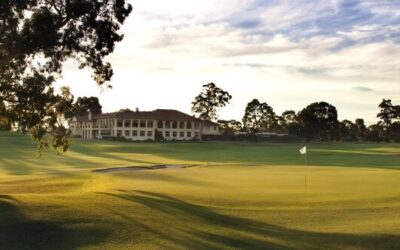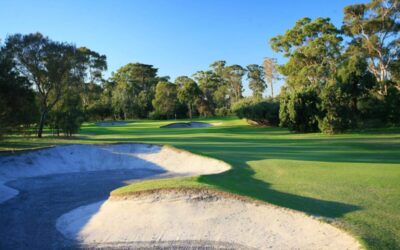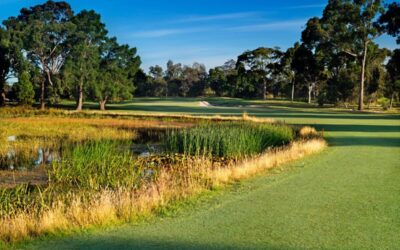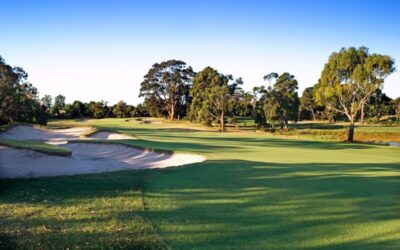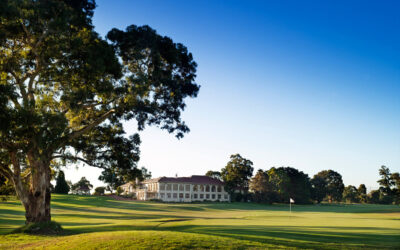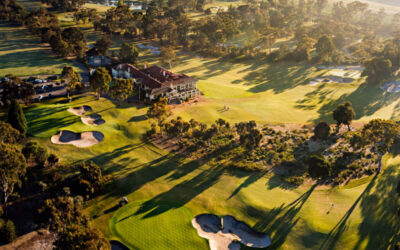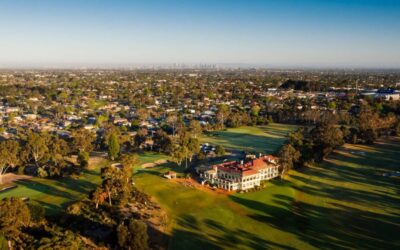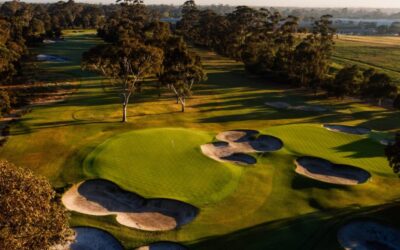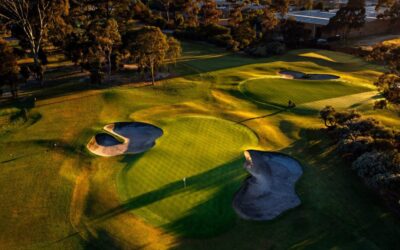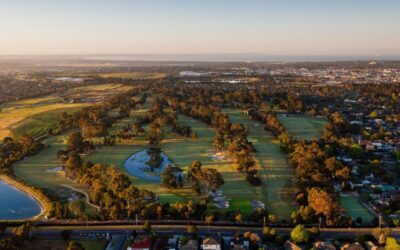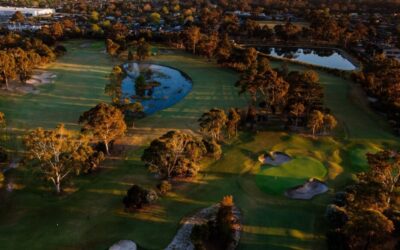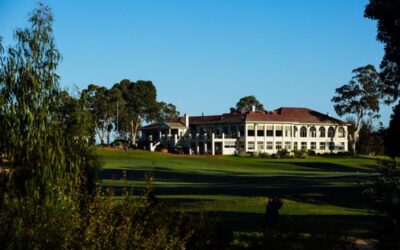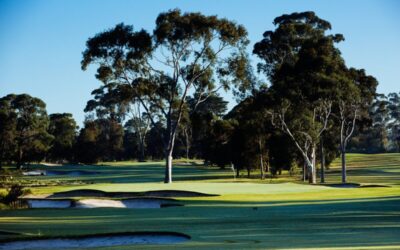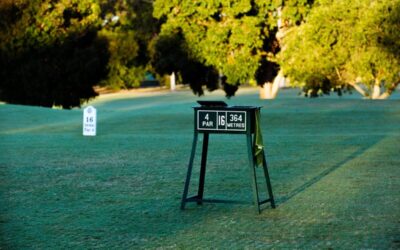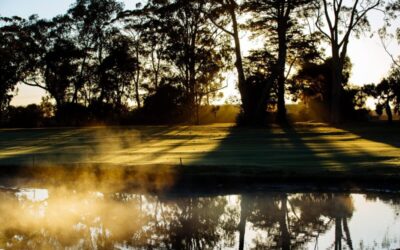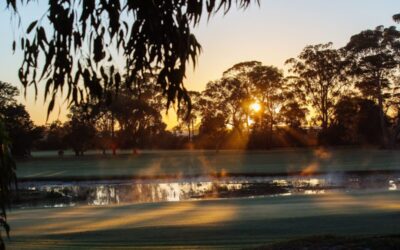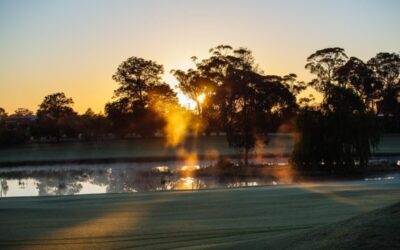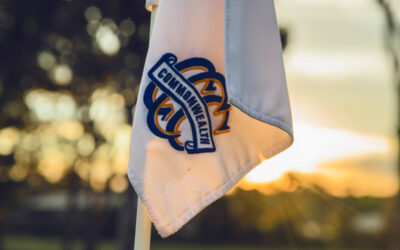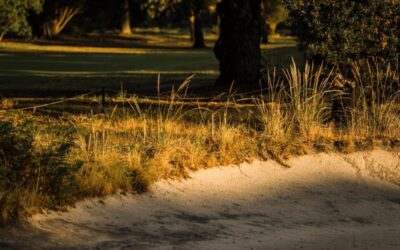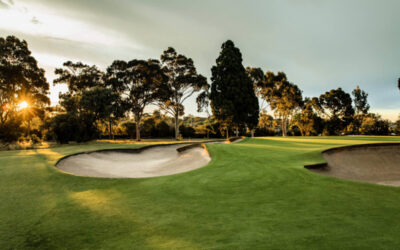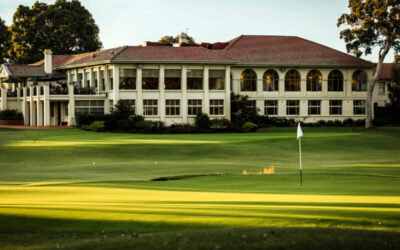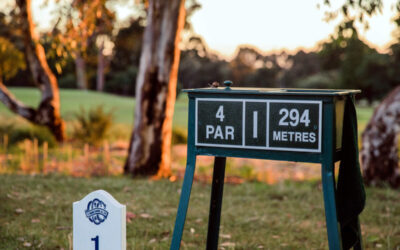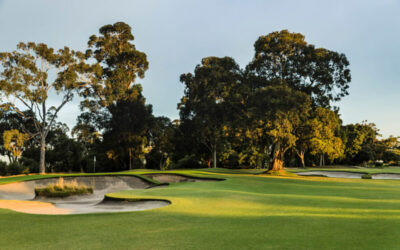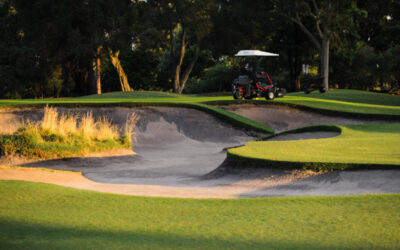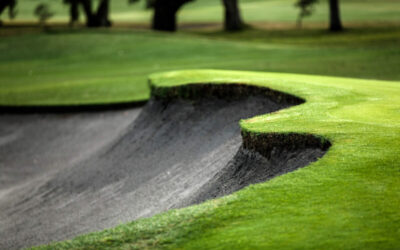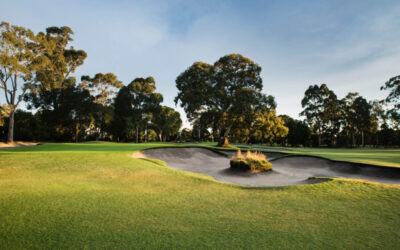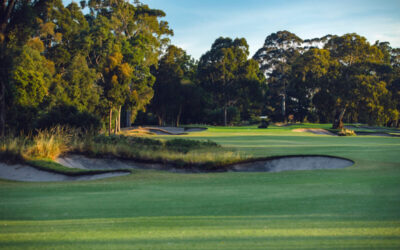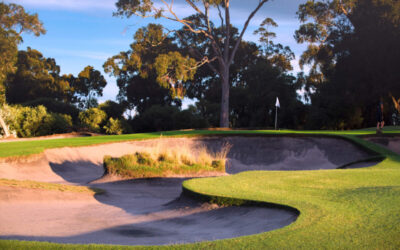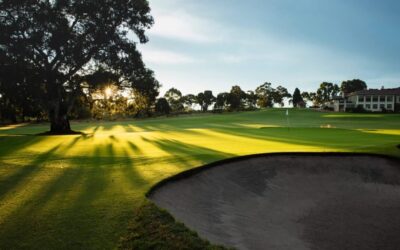Designed by club professional Sam Bennett, the first 12 holes opened early in 1921 and the full 18 were in play by 1924. In 1926, Charles Lane, the Club Captain, travelled abroad to study golf architecture and met British designer Harry Colt, a former partner of Alister MacKenzie.
Photography by David Scaletti
Lane brought what he learned home and put the finishing touches on Commonwealth’s greens and bunkers. He did much of the work himself, often being seen stripped to the waist and digging out bunkers.
Among the big events played on the course are the 1967 Australian Open, which local player Peter Thomson won by seven shots, and the 2010 and 2011 Women’s Australian Open, both won by Yani Tseng of Taiwan.
The Club has also been included in Tom Doak’s list of 31 courses ‘among the first I would take a good friend to see’. He said that…
‘The genius of Commonwealth is its adherence to one simple rule – that each green should be oriented or tilted in such a way that it cradles an approach from one side of the fairway and shoulders away shots from the incorrect line of approach’


